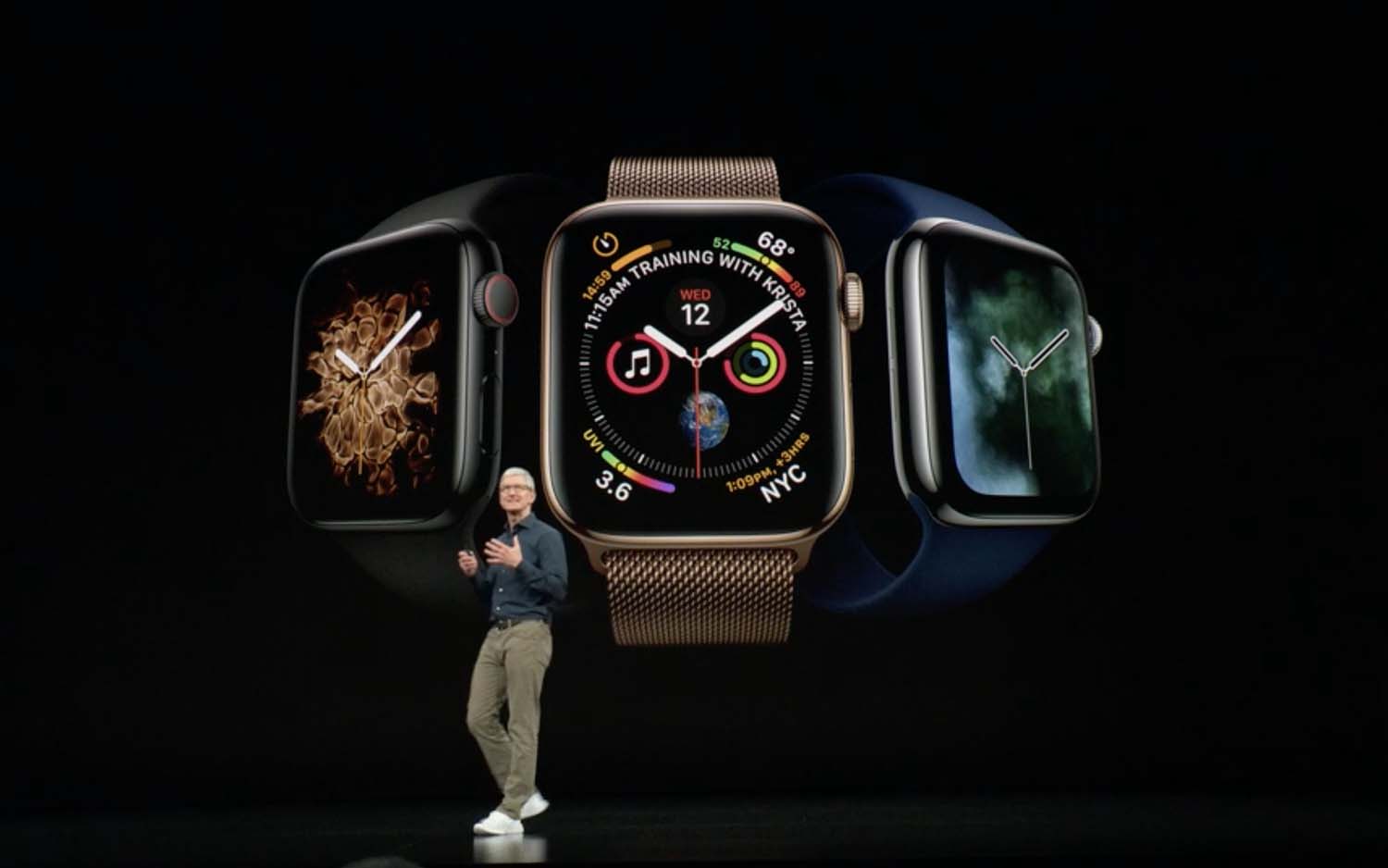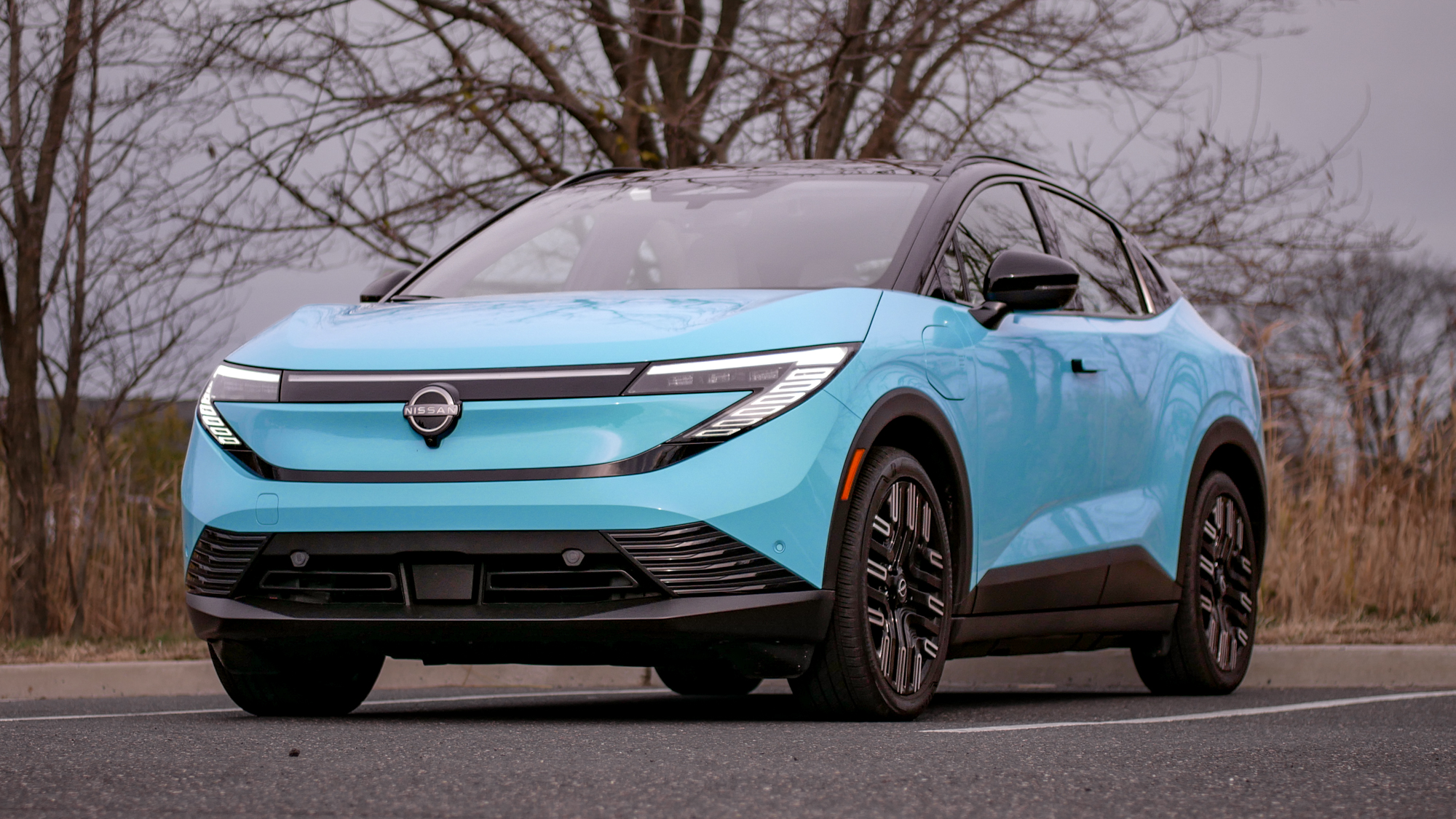5 Biggest Takeaways from Apple’s Launch Week
Dual SIMs in the new iPhones are a great new feature, but pricing remains a concern.
Now that Apple's new iPhones and smartwatches are hitting the market after their big reveal on Wednesday (Sept. 12), it's time to see whether Apple's new releases hit or missed the mark. Consumers will get the ultimate say on the success or failure of the iPhone Xs, Xs Max and XR, as well as the Apple Watch Series 4. But we talked to four industry analysts to see what they thought of Apple's new devices.
Dual SIMs a smart addition
With marquee features like the new A12 processor and camera enhancements highlighted in the iPhone Xs lineup, you might have overlooked Apple's announcements that all three new phones now support dual SIM cards. But several analysts say that feature will broaden the iPhones' appeal, especially in foreign markets.

"When Apple introduced water resistance, users in Japan responded favorably, as this is a key feature in this particular market," said Gerrit Schneemann, senior analyst for mobile handsets at IHS Markit. "The same can happen with dual-SIM support in countries where data- and voice-plan options vary or for business deployments where users want to keep their work line and personal line on one device."
More: iPhone XS and XS Max Preorders: What You Can Still Get
Ramon Llamas, research director for mobile devices and AR/VR at IDC, agreed. "I think it's a great move to go dual SIM," he said. "They said it outright — they're looking to address the Chinese market. So, it's just a matter of giving the people what they want."
Pricing is an issue (as always)
Get instant access to breaking news, the hottest reviews, great deals and helpful tips.
Apple has made choosing among its models — specifically, the Xs and the XR — more difficult.
"The iPhone XR and iPhone Xs Max have obvious appeal. The iPhone Xs positioning it a bit more muddled." - Avi Greengart
"It used to be clear with the iPhone where those delineations were," said Llamas. "It was based on screen size, or more usually, memory size. Now we're crossing over with all these different screen sizes and resolutions. With the Xs Max, it's rather clear what you're going to get. Throw the XR into the mix, [though], and there is the potential for some confusion out there."
Avi Greengart, research director of consumer platforms and devices at GlobalData, concurred. "The iPhone XR and iPhone Xs Max have obvious appeal. The iPhone Xs positioning it a bit more muddled."
More: iPhone Xs vs. iPhone Xs Max vs. iPhone XR: What Should You Buy?
With higher prices — the iPhone Xs starts at $999, while the iPhone Xs Max boosts the entry price to $1,099 — carriers will have to figure out ways to make the phones more affordable for consumers too, said Schneeman. "So far, $30 to $35 per month has been the price for premium devices. Some carriers got there by requiring a down payment. Others extended the repayment period." However, the monthly payments for the iPhone Xs start at more than $40. "We are in new territory with the pricing structure this time around," he said.
Apple Watch Series 4
All analysts agreed that the new features in the Apple Watch Series 4 — namely, fall detection and the electrocardiogram — will broaden its reach to new demographics.

"Fall detection should appeal to companies for safety and open up the senior market with consumers," said Greengart. "There are other health and safety devices on the market, but they are clunky. Someone buying an Apple Watch doesn't have to feel like they're buying a medical device or a pendant that indicates that they're aging. They're buying the most advanced, stylish smartwatch in the world."
Carolina Milanesi, a principal analyst at Creative Strategies, said Apple's pivot from fitness to health started last year, but with the Series 4, "they become officially a health company as well as a tech company."
"The fact that it's FDA-approved, we might see doctors prescribe it and health insurance pay for it, which would be great for Apple, because it means people don't have to spend $500 for a watch," she said.
MORE: Best Smartwatches
IDC's Llamas was a bit more measured in his assessment. "I don't think everyone's going to run out and buy it, but if you're the kind of person whose interests or [whose] family's interests fall under those categories, then this is a solution for you to consider."
What was missing?
Of course, there were a few things that Apple failed to announce at its event. Top on most analysts' wish lists was a new iPad.
"Apple still hasn't released its own charging station, which was highlighted last year." - Gerrit Schneemann
"I've been dying for a new iPad Pro, but we'll have to wait a little bit longer," said Milanesi. "I guess the other one that was missing in action was the wireless charging accessory that was supposed to come by the end of the year."
IHS Markit's Schneemann also mentioned wireless charging as something that Apple seems to have forgotten, especially with the AirPower charging mat touted at the 2017 iPhone launch still a no-show in 2018. "Wireless charging seems to have gone from something with significant advancement potential to a standard feature," he said. "Apple still hasn't released its own charging station, which was highlighted last year."
Also missing was a small-phone successor to the iPhone SE. "There's a lot of people out there who prefer that size, because their hands are smaller, their pockets are smaller, so it's not as unwieldy as a large-screen device," said Llamas. "It's been around for a couple of years and would have benefitted from some of the same technology in a smaller form factor."
Overall impressions: looking forward
"In the past, with the 5c and the SE, there always was a compromise," said Milanesi. "[Apple] took something that was old and gutted it out. But it was more looking back versus looking forward. The XR is looking forward, in that this product is future-proof — it has all the parts that Apple thinks is important."
Schneemann said that while Apple is rarely the first to introduce new technologies, it catches up quickly to the competition, and it's doing so again with augmented reality. "AR is an area where Apple was able to leap Google and jump-start serious catch-up work amongst the competition," he said. "I would also argue that the implementation of some of the features the company just announced, or has announced in the past, will perform better than solutions from the competition — a historical strength as well."
Credit: Apple

Michael A. Prospero is the U.S. Editor-in-Chief for Tom’s Guide. He oversees all evergreen content and oversees the Homes, Smart Home, and Fitness/Wearables categories for the site. In his spare time, he also tests out the latest drones, electric scooters, and smart home gadgets, such as video doorbells. Before his tenure at Tom's Guide, he was the Reviews Editor for Laptop Magazine, a reporter at Fast Company, the Times of Trenton, and, many eons back, an intern at George magazine. He received his undergraduate degree from Boston College, where he worked on the campus newspaper The Heights, and then attended the Columbia University school of Journalism. When he’s not testing out the latest running watch, electric scooter, or skiing or training for a marathon, he’s probably using the latest sous vide machine, smoker, or pizza oven, to the delight — or chagrin — of his family.
